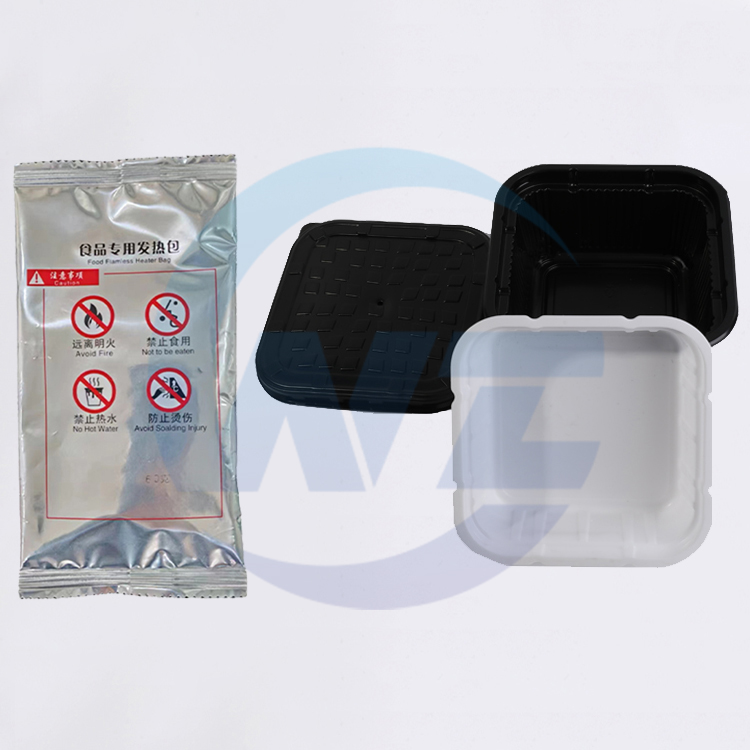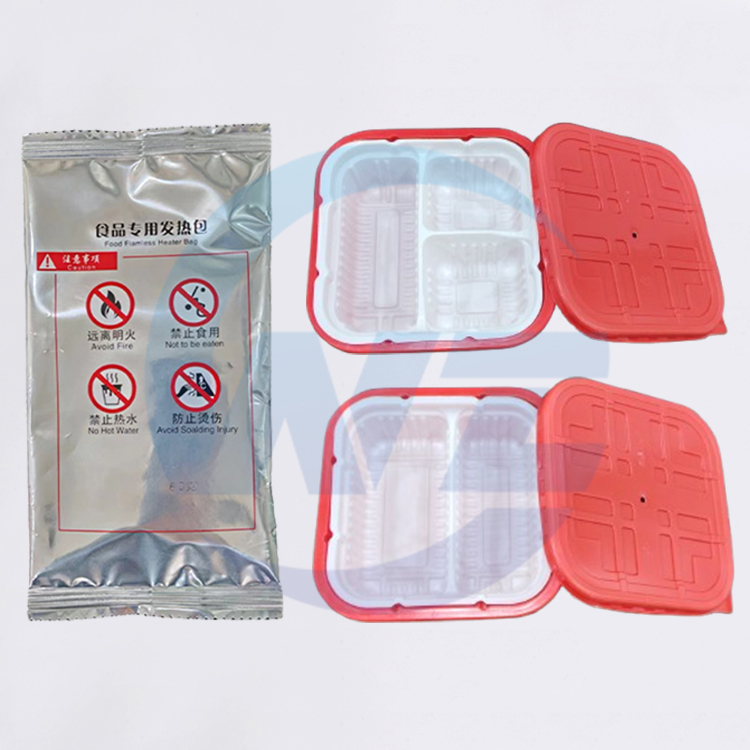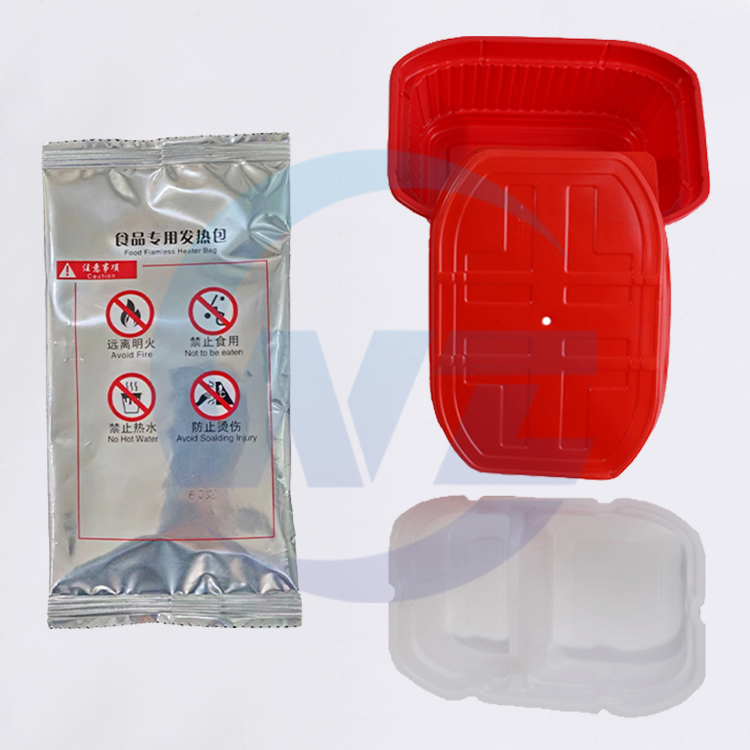by Kevin
Share
by Kevin
Share
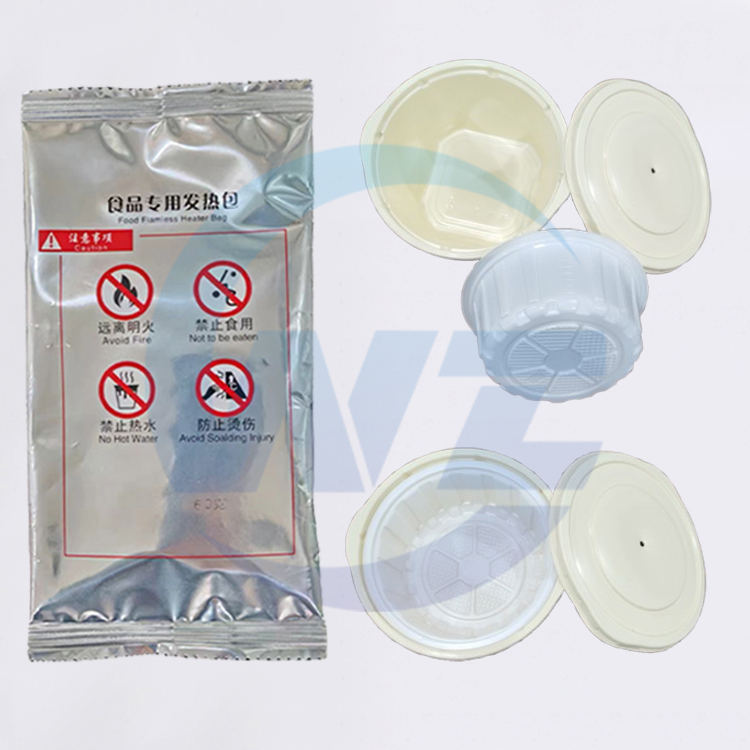
For travelers, the idea of enjoying a hot meal at 30,000 feet is incredibly appealing. Self-heating meals and packs seem like the perfect solution for long flights or airport layovers. However, before you pack one in your carry-on, it’s crucial to understand the rules and safety implications. The question isn’t just about convenience, but about compliance with aviation regulations and the safety of everyone on board. This article provides a clear, authoritative guide on whether you can bring self-heating packs on a flight and how to do so safely.
Features of Self-Heating Packs in an Aviation Context
Contained Chemical Reaction
Self-heating packs use a sealed chemical reaction (typically magnesium and water) to generate heat. The key for air travel is that this reaction is contained within a sealed pouch, preventing the contents from spilling.
Activation by Water
These packs are inert until a specific amount of water is added. This “on-demand” activation is a critical safety feature, as the product is stable and non-reactive during transport.
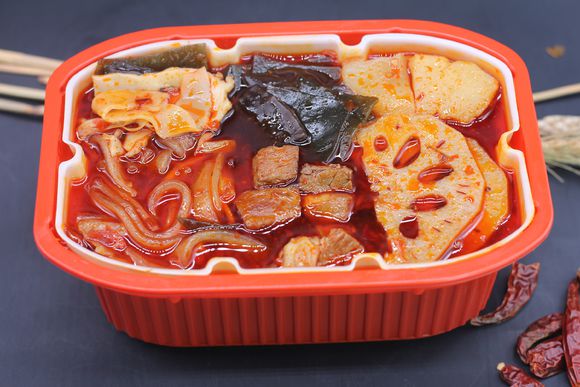
Release of Gases
When activated, the reaction produces two primary byproducts: heat and hydrogen gas. While the heat is the desired effect, the release of hydrogen—a flammable gas—is the primary concern for aviation authorities.
Flameless Heat Source
Crucially, the heating process is flameless. There is no open fire or spark, which makes it fundamentally different from and safer than other portable heating methods.
How Aviation Regulations View Self-Heating Packs?
The rules surrounding self-heating packs are determined by aviation security bodies like the Transportation Security Administration (TSA) in the United States and similar organizations worldwide.
Classification as Hazardous Materials
Due to the potential release of flammable hydrogen gas upon activation, self-heating meal kits are often classified as hazardous materials (HAZMAT) when they contain both the heater and the activating agent (water) in the same package.
The “Unactivated” Rule
The general rule is that you can bring the self-heating meal pouch and the unactivated heater pack, but you may be restricted from bringing the water packet if it is designed to be added directly to the heater. The most common type of self-heating meal, where you add your own bottled water, is generally permitted.
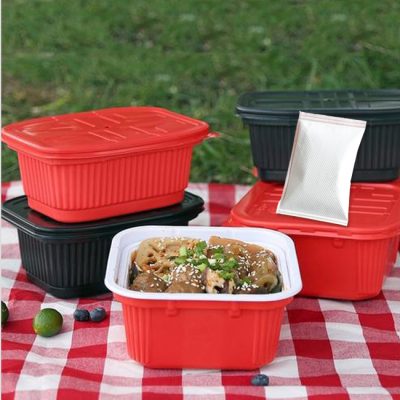
Airline-Specific Policies
Beyond government regulations, individual airlines have their own policies. Some airlines may prohibit self-heating meals entirely out of an abundance of caution, while others may allow them with specific conditions.
Checked vs. Carry-On Luggage
Transportation Security Administration (TSA) rules typically state that self-heating meals and beverage containers are prohibited in both carry-on and checked baggage if they contain the fuel and activating agent together. It is always safest to assume they are not permitted and check with your airline beforehand.
Popular Uses and Associated Risks on a Flight
In-Flight Dining
The primary use case is to heat a personal meal during a long flight, offering a comforting and familiar alternative to standard airline food.
Airport Layovers
For travelers facing long delays or overnight stays in a terminal, a self-heating meal can be a welcome source of warmth and nutrition.
The Risk of In-Flight Activation
The greatest risk is not from the pack in your luggage, but from it being activated inside the cabin. In a pressurized, enclosed space, even a small amount of hydrogen gas could pose a fire risk if exposed to an ignition source. Furthermore, the intense heat could damage the tray table or surrounding surfaces.
How to Safely and Legally Travel with Self-Heating Packs?
Check with Your Airline First
This is the most important step. Visit your airline’s website or call their customer service to ask about their specific policy on self-heating meals before you fly.
Keep Components Separate (If Possible)
If your airline allows it, keep the food pouch and the heater pack separate. Do not pre-pack them together in a way that suggests they are a single, ready-to-activate unit.
Do NOT Activate on the Aircraft
Under no circumstances should you activate a self-heating pack on an airplane. The heat and gas release are inappropriate for the cabin environment.
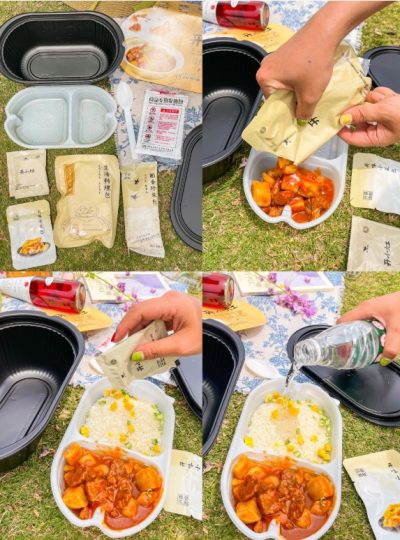
Consider Alternatives
Given the complexity of the rules, it may be simpler to bring food that can be eaten cold or ask a flight attendant if they can heat it for you using the aircraft’s approved ovens (if available).
How to Care for and Handle Self-Heating Packs When Traveling?
Keep in Original Packaging
Keeping the product in its sealed, original packaging helps security officers identify it and demonstrates that it is a commercial, regulated product.
Protect from Accidental Activation
Ensure the pack is not punctured or crushed in your luggage. While unlikely, damage could potentially lead to an unintended reaction if moisture is introduced.
Declare if Asked
If a security officer asks about the item, explain clearly and calmly what it is. Honesty and cooperation are always the best policy.
Conclusion
So, can you bring a self-heating pack on a flight? The answer is a cautious “it depends, but probably not.” While the technology is safe when used correctly, the potential for releasing flammable hydrogen gas makes them a concern for aviation safety. The rules are complex and vary by airline, with many prohibiting them outright. The safest and most respectful approach is to assume they are not allowed and to check with your airline well in advance of your trip. When it comes to air travel, the safety and comfort of all passengers must always come before personal convenience.
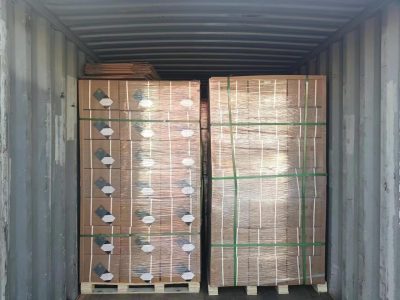
Navigating travel regulations can be confusing. If you have questions about what you can and cannot bring on a flight, or if you need advice on safe travel accessories, please contact us. We can provide guidance based on current regulations. If you are ever unsure about a product’s safety for travel, consult us. Our team is ready to provide professional services and answer your questions. You are welcome to consult us at any time!
STAY IN THE LOOP

